Fly Fishing - It's A Matter Of Perception

According to the eye doctor, I have terrible vision. I wear prescription glasses with bifocals, and my wife can read street signs from much further away than I can. However, when it comes to spotting fish and wildlife, my friends marvel at how I am always pointing things out that they never see. Now it is true that I spend most of my time either on the water or out helping my wife Lea with her wildlife photography. This gives me a lot of time to “practice” seeing things. The important point is that I don’t have any kind of special visual “gift” other than a love of seeing things wild. Practice is something that anyone can do, so anyone can get good at spotting things. So why does this matter? Fly fishing is an inherently visual sport. Most strikes are seen, not felt. Seeing a feeding fish will tell you almost everything you need to know in order to catch it. In my years of guiding, the biggest breakthroughs I have with intermediate anglers intent on improving their skills, always have to do with how they “see” the water. If you want to catch more fish, become a better observer!

I think back to a lovely day when Lea and I decided to have a picnic lunch next to a small river we were driving along. As we ate, we enjoyed watching several rising fish in a shallow run in front of us. Lea pointed out a mayfly next to shore and asked “is that the bug?”. Yup, I said smiling as I worked on my sandwich. As we watched, a young man came up to us and asked if we were planning to fish the water in front of us. While the true answer would have been “heck yeah!” I am a sucker for young people with good manners, so I invited him to go enjoy. His rod was already rigged, and he immediately stepped into the water and waded across the shallow run, then proceeded to nymph the deeper water next to the far bank. To his credit, he was a careful wader, and shortly after he took up his position, the fish resumed their surface feeding. The only problem was that the fish were rising BEHIND the young angler. After thoroughly working the far bank without a fish, he proceeded upstream, most likely in search of water with feeding fish. Once I had finished my lunch, it only took a few casts to confirm that the fish we were watching were nice size, and not even all that picky. He never knew they were there.

The first lesson here is to SLOW DOWN, and take some time to see what is going on. It may sound trite, but the biggest part of seeing things is to look! I always tie on my flies when I am on the waters edge. Yes, the guys that have pre rigged rods in those cool car top fishing tubes get on the water faster than I do, but I would still wager that I catch more fish. Even water that I know well has small changes day to day, and fish respond to that. Take time to locate some fish, and see what they are up to. While the splashy rise of a trout chasing caddis may be obvious, the small dimple of a trout taking a midge just below the surface isn’t, until you learn to look for it. Those small dimples can lead to surprisingly large fish. Take the time to soak in the entire scene. Even if you don’t see rising fish, those swallows flying low over the water will tell you something is happening. How often do you really look at bushes along the rivers edge? They can be covered with caddis flies, even when none are in the air. Stream-side rocks may have cases from recently emerged stoneflies. Call me old fashioned, but I take immense pleasure in just soaking in the aesthetics found along most trout streams. At times, I just enjoy watching the amazing life that presents itself along the rivers edge. It just happens that taking that time to bask in the surrounding beauty, also helps me catch more fish!

It turns out that the simple act of spotting fish is also an acquired skill. Fish survive by not being eaten by predators, so they come with natural camouflage and are hard to see. If you stare at the water hoping to find a clear image of an entire fish that stands out from the background, well, it happens sometimes, but you will miss most of the fish in the river. Learning to see wild trout is like learning to see shadows. Literally! Often the biggest giveaway to the location of the trout is the darker shadow on the bottom. As you watch the moving shadows that ripples create, you eventually get a feel for the pattern they make on the river bottom. Every now and then you may notice a shadow move in a way that breaks with the rhythm of the ripples. That could very well be a fish! Learn to look for parts of a fish, not just the whole image. The movement of a tale, or the lighter color of the underside that briefly shows when the fish turns. Every now and then you can be treated to a “flash” when a fish moves in a way that the sun catches the side. The inside of a fish’s mouth is generally light colored, and from the right angle, there will be a brief glimpse of white when they grab something. Be it a bug, or your fly, the fact that a fish just ate something is an important piece of information!

I recall a day fishing a high lake with my daughter Nicole. She had already mastered the dry dropper concept, knowing to set the hook when the top fly moved or went under because it indicated that a fish had taken the sinking fly below. We spotted a nice cutthroat moving along the shore. Several feet down, we could both see the slowly moving fish, but not with a lot of detail. She carefully placed a cast a few feet in front of it, and as it approached the area where I thought her lower fly might be, I saw the tell tail “blink” of the mouth opening. Even though the top fly hadn’t moved, I called set. As her rod bent deeply with the weight of the fish, She screamed “I so saw that!”. After a bit of a battle, she landed and released the fish, and went on talking about how cool it was to see just the mouth open. The fish was moving so slowly that the indicator never moved, but by seeing the mouth open, she was able to set the hook. The lightbulb went off, and a new way to detect a strike was learned.

I love that moment. When people see something for the first time, and realize that when they are out fishing on their own, they will see it again, and will catch more fish because of it. I love showing people how to spot fish. Days that I have been guiding, and find in the morning that I am pointing out fish to my guests, but by the afternoon they are starting to find fish on their own are some of my favorites. There is simply so much to see. It starts with the simple act of starting to look. Practice every time you go out. A healthy trout stream will almost always have fish to find. You may not always find them, but look every time you go out. Try to see the bugs on the surface. Learn to look for the tiny dimples, not just the big splashes. Enjoy spotting the wildlife. Dippers feeding tell you that there are lots of subsurface bugs available. King Fishers or Egrets are cool to watch, and know where the fish are. You may find a whole new element of this sport that is every bit as much fun as the actual fishing. You may also find that your “catching” gets better too!


By Scot Bealer
Scot first started guiding in the 1980’s, and has fished extensively through the rocky mountain west and many other parts of the world. When not on the water, he is typically out working with his wife, Lea Frye, doing wildlife photography. See their work at https://www.leaf-images.com, or follow them on Instagram @lea.f_images



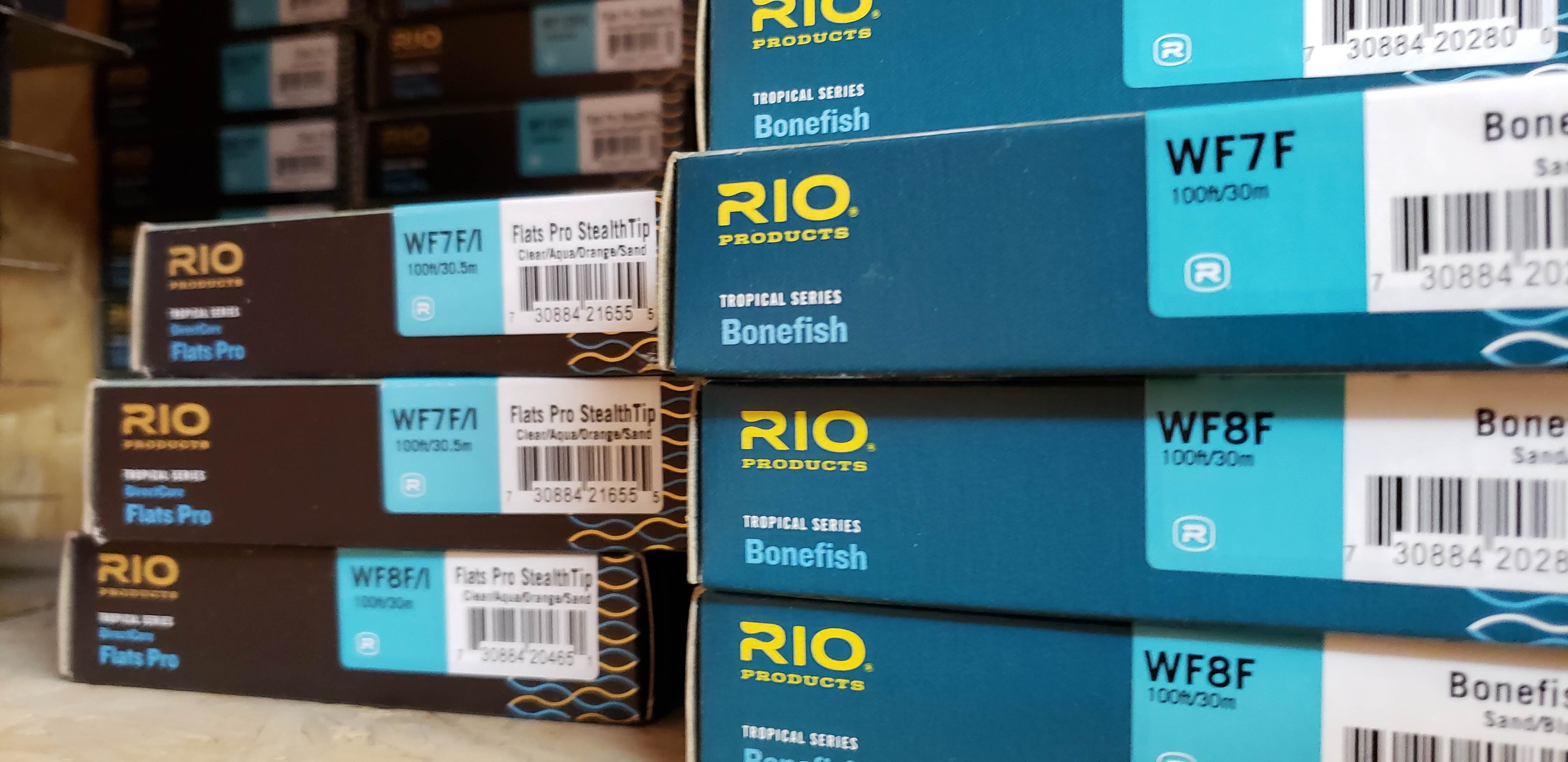

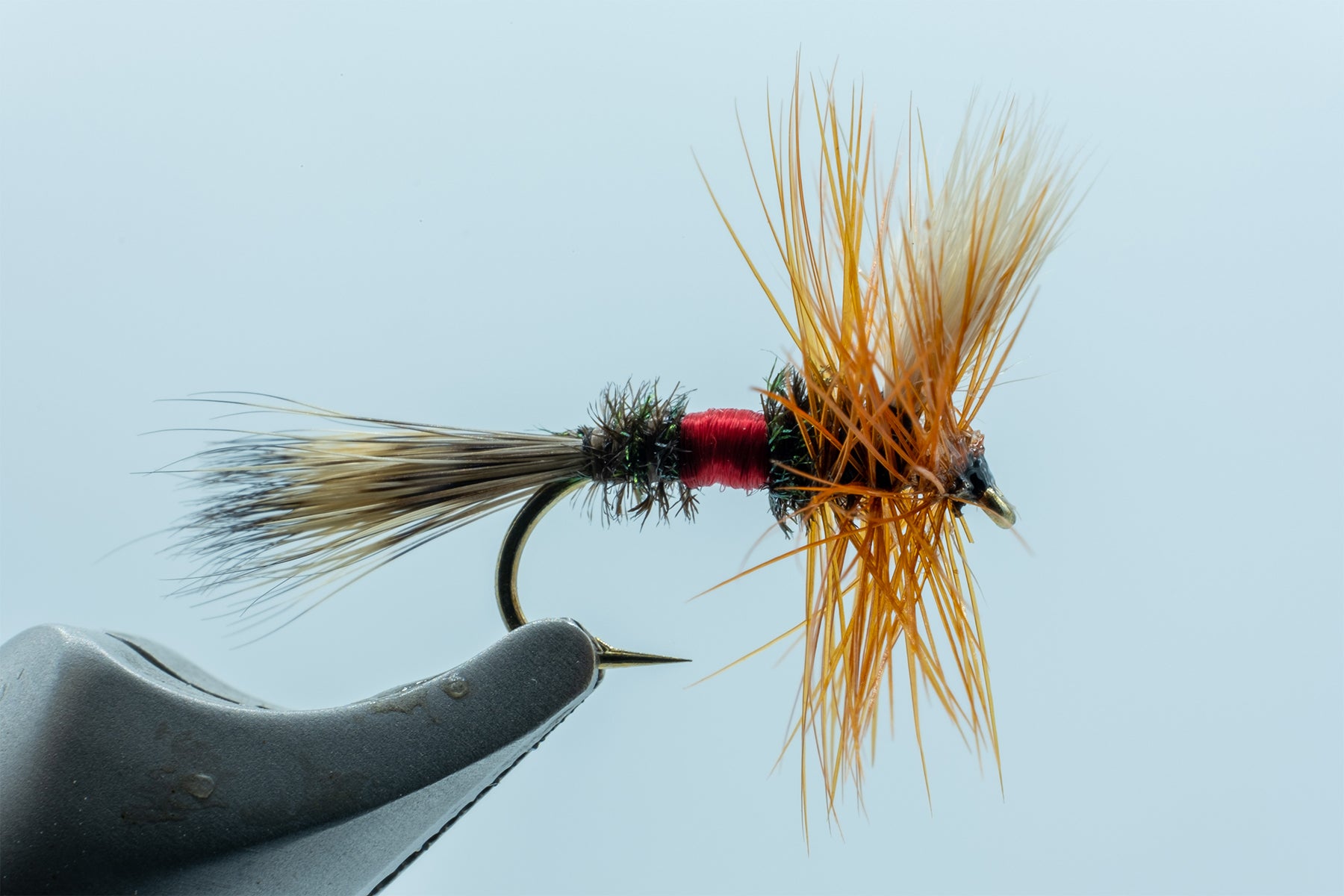
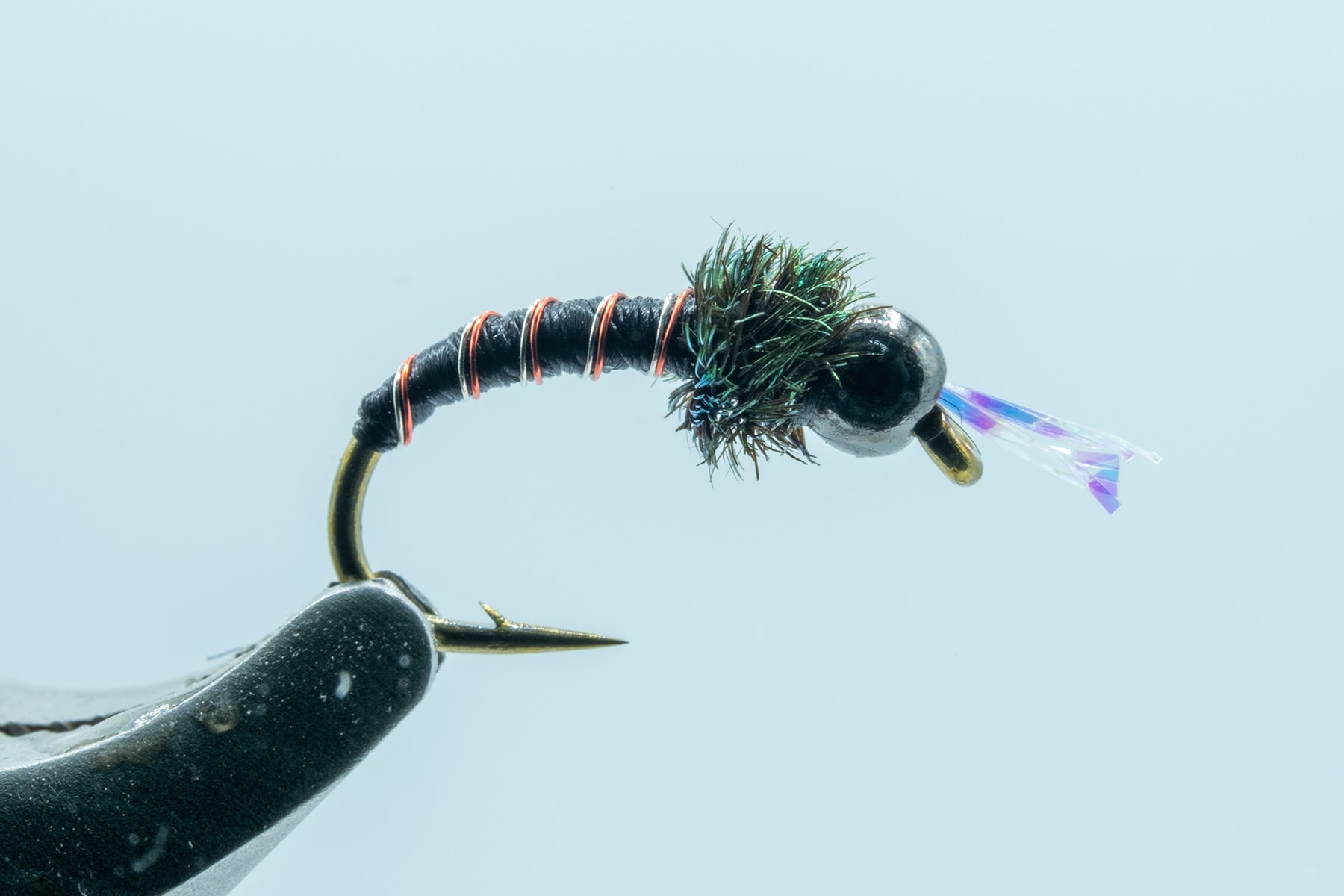
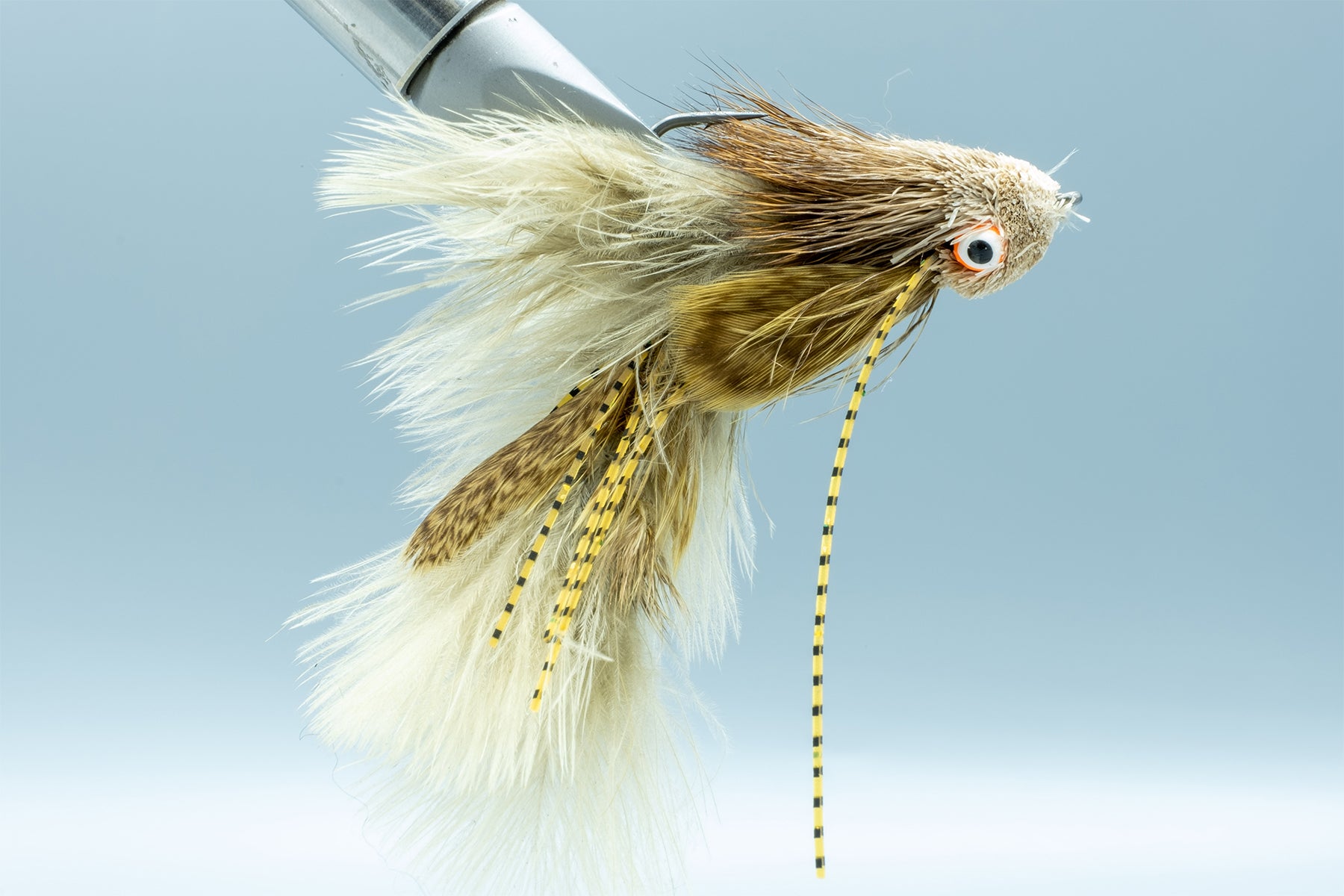
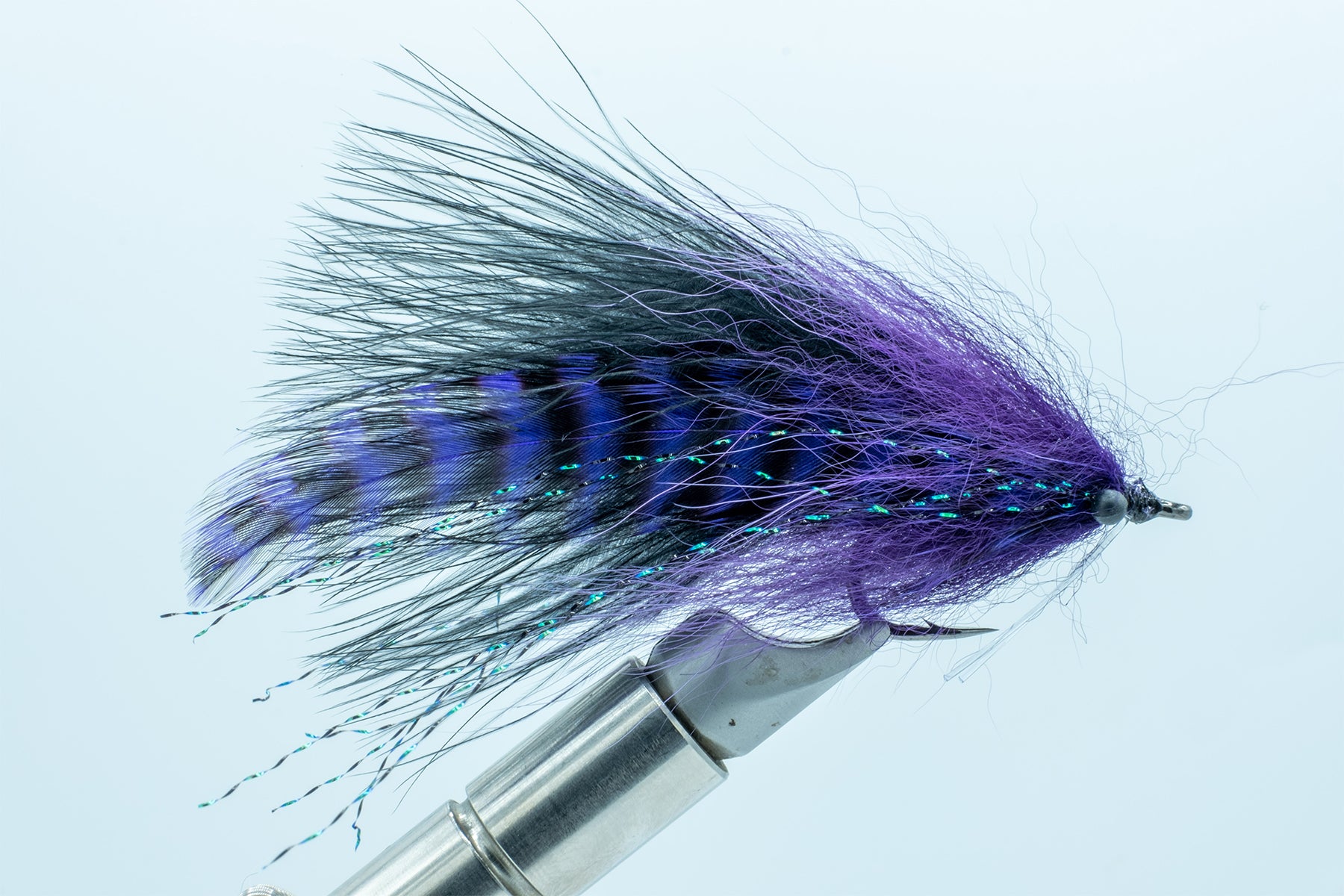
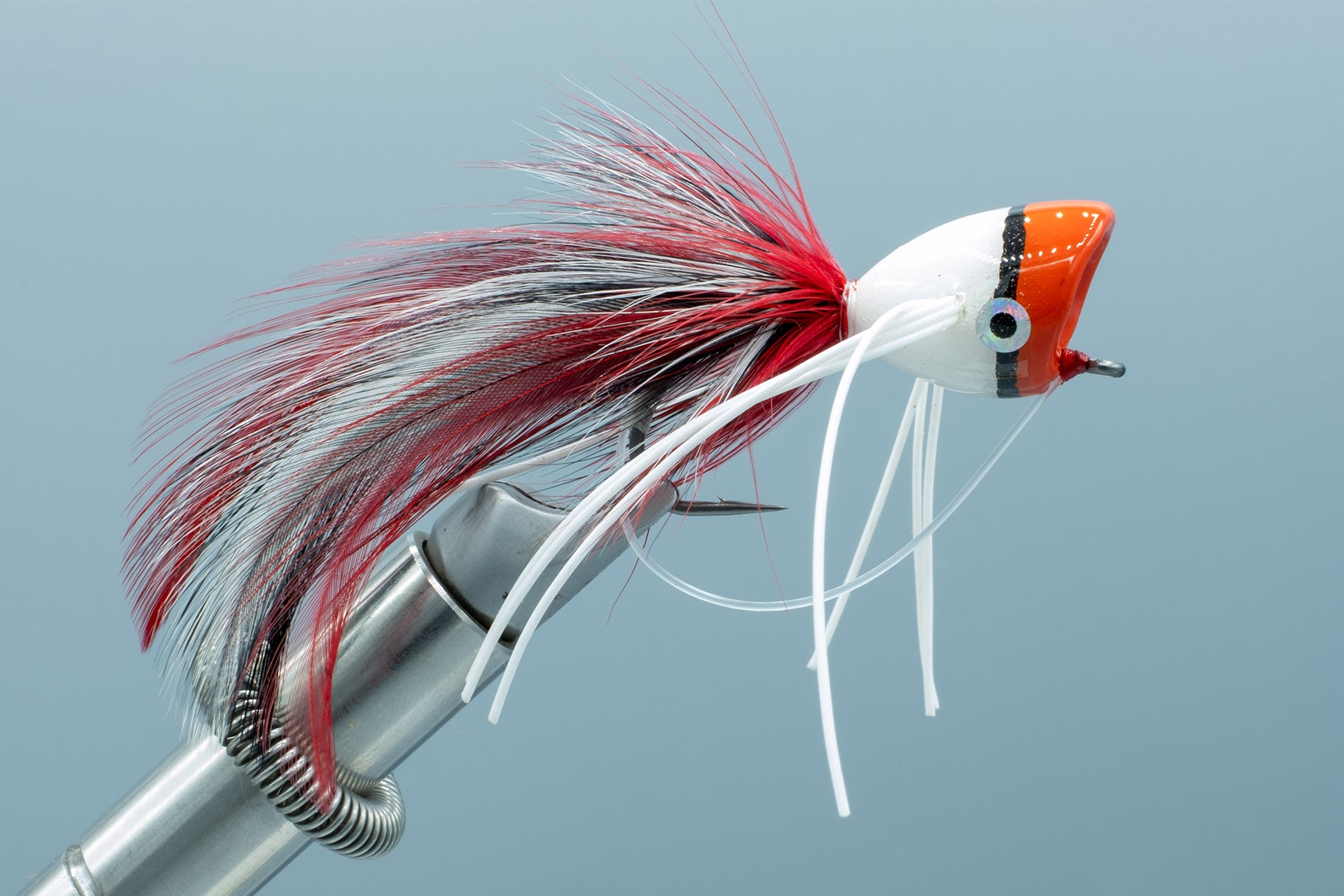
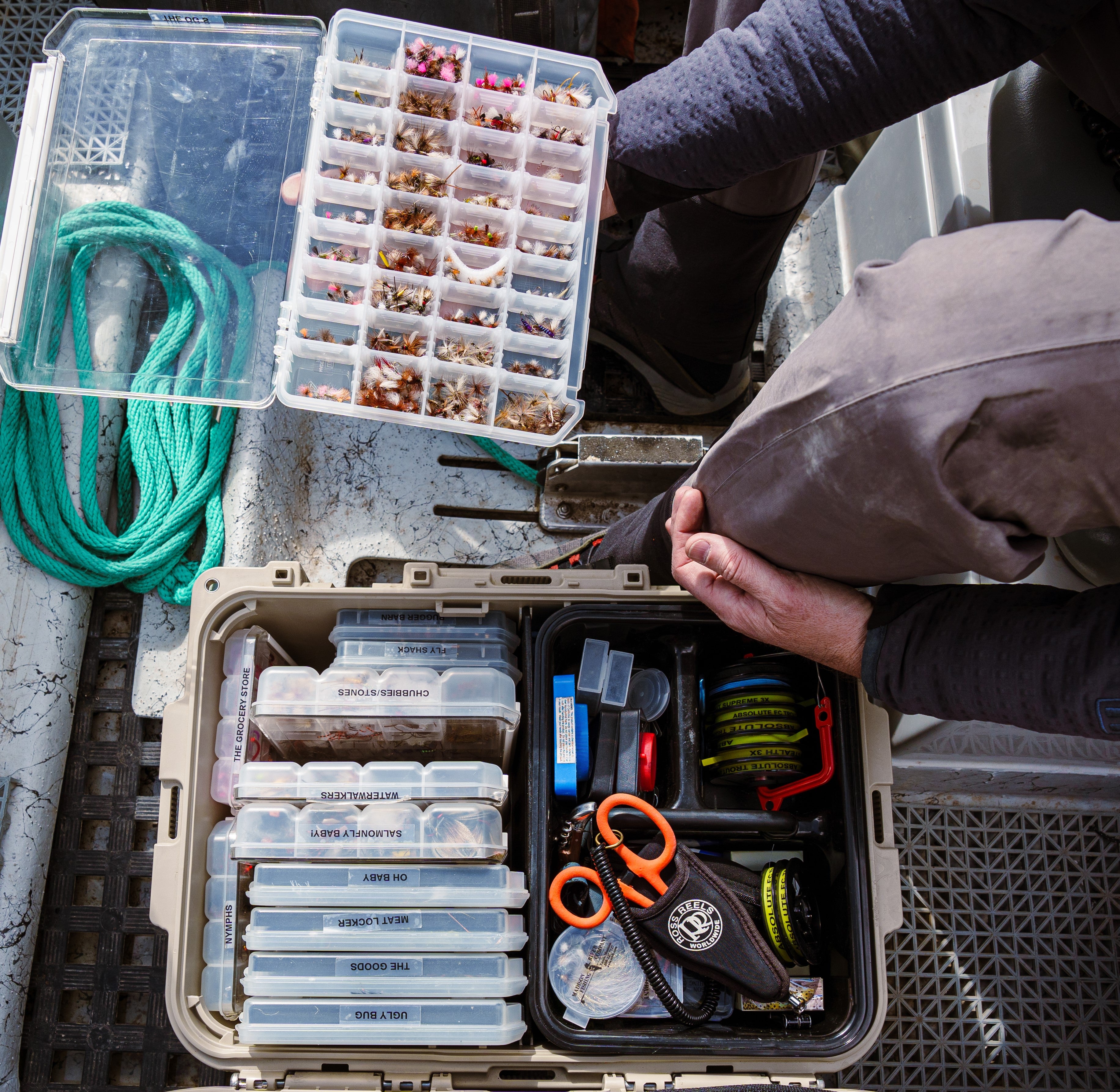
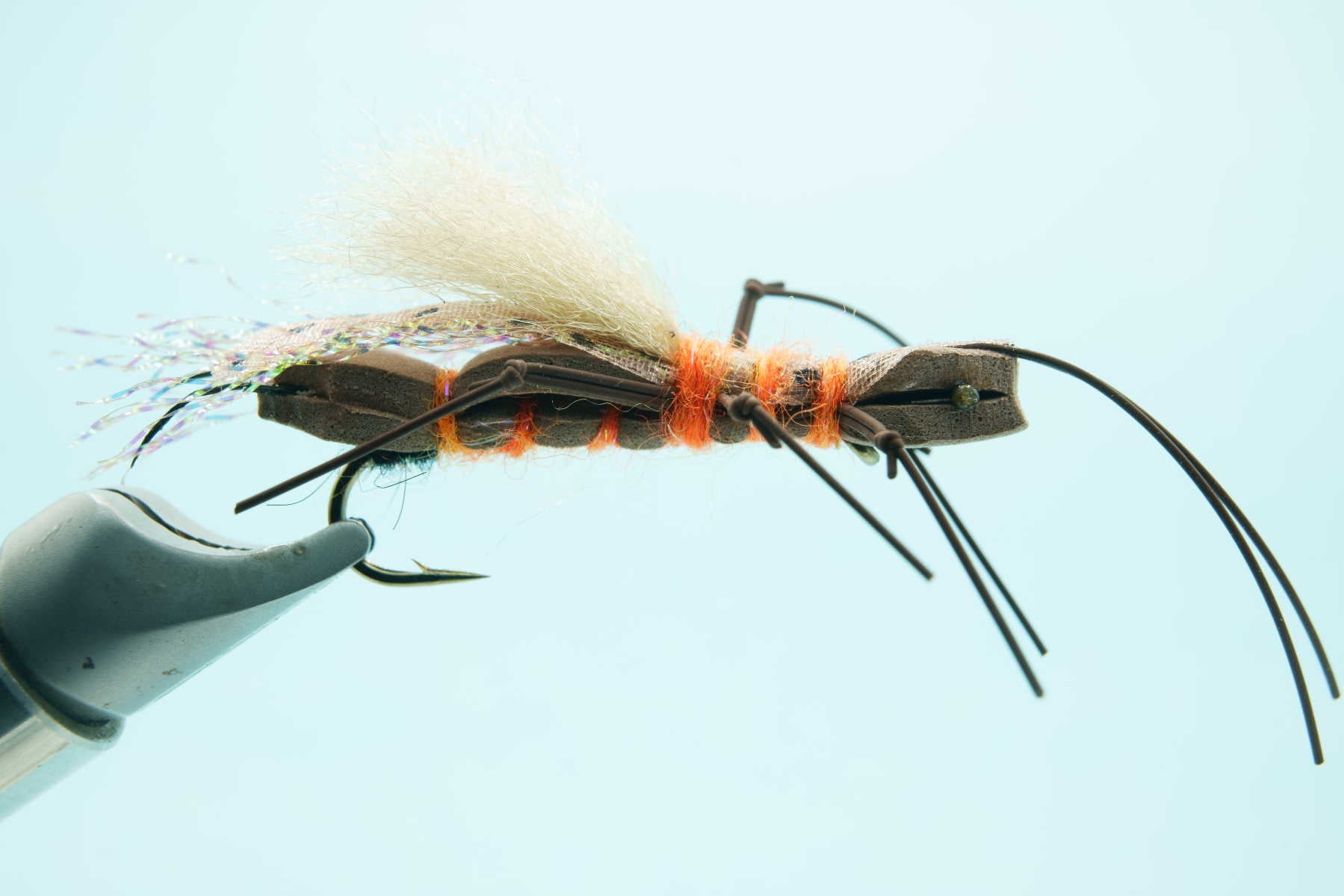
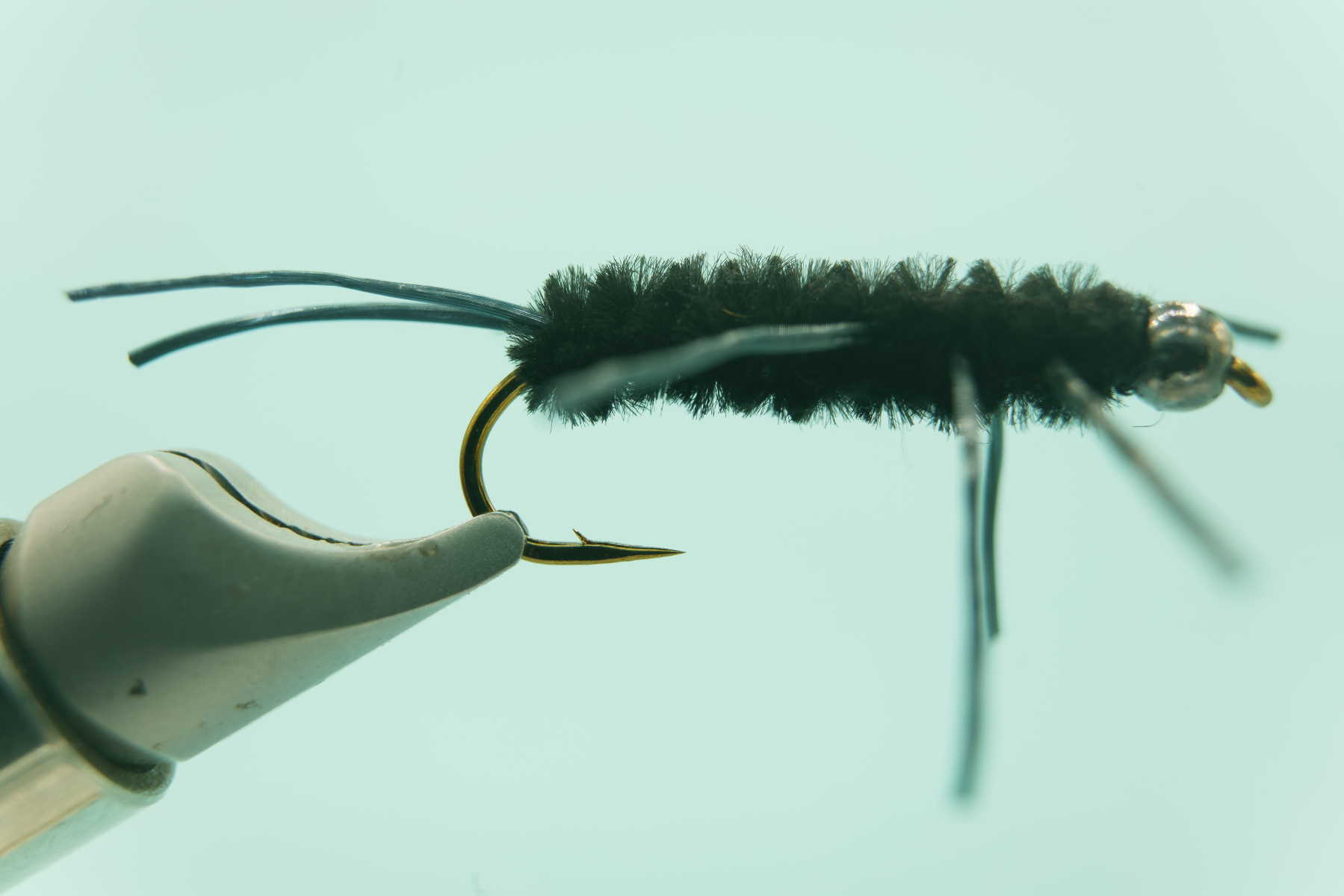
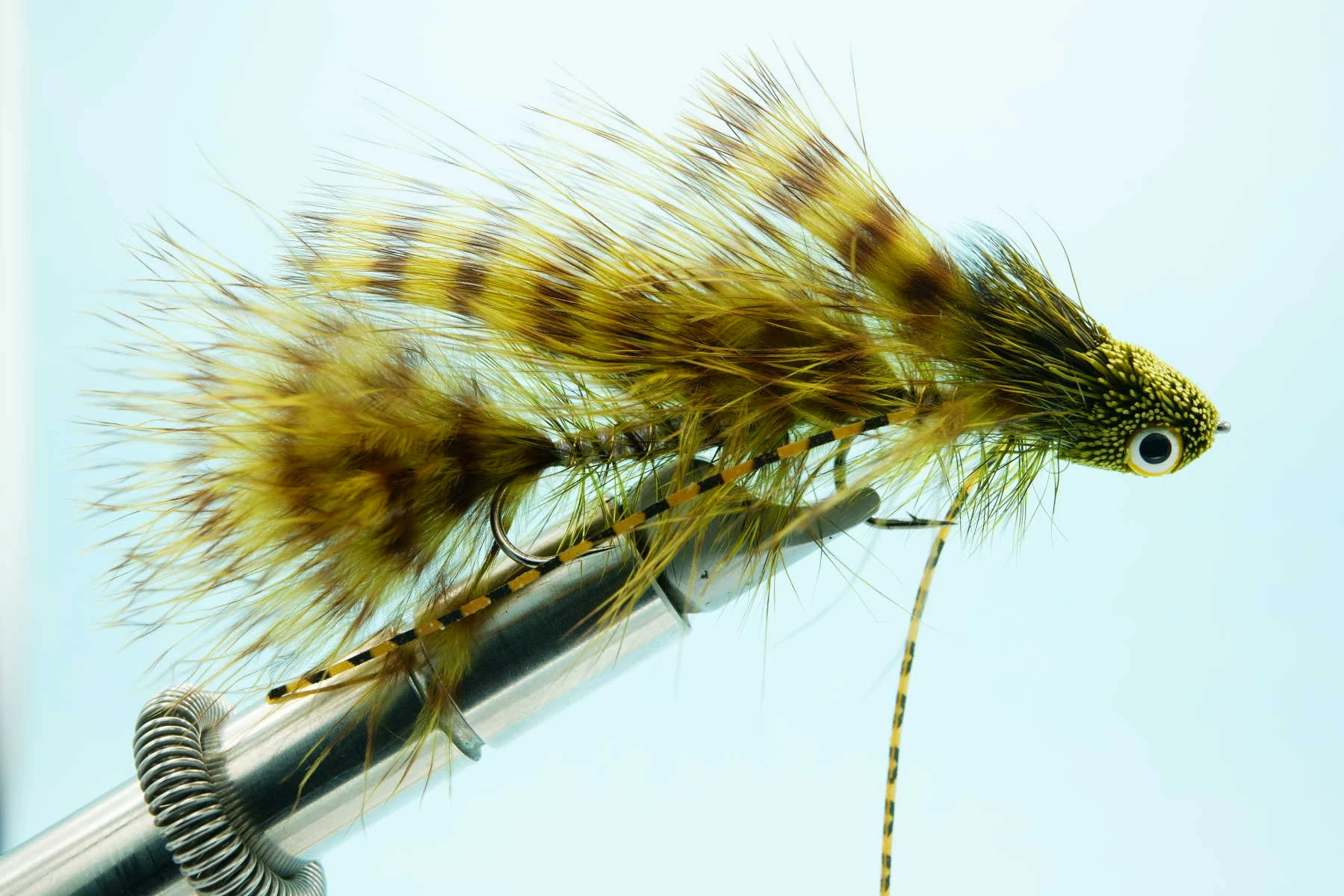
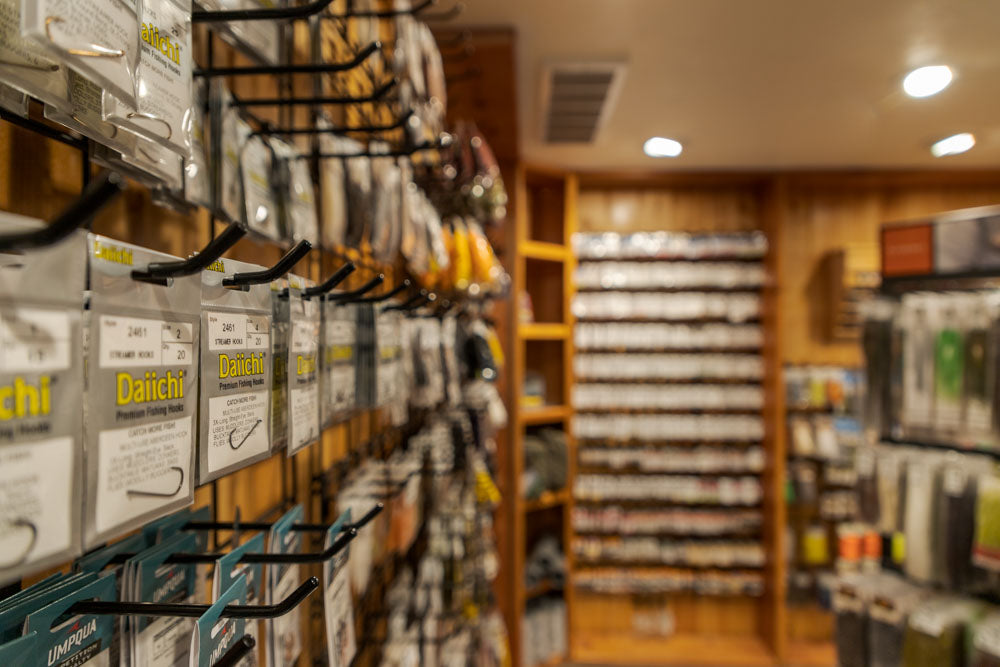

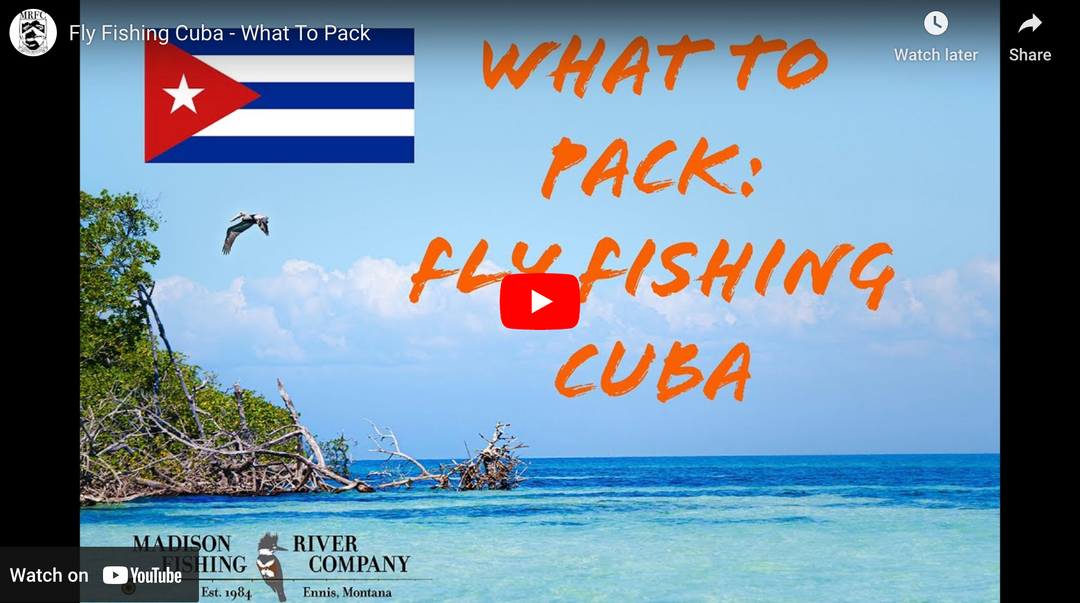

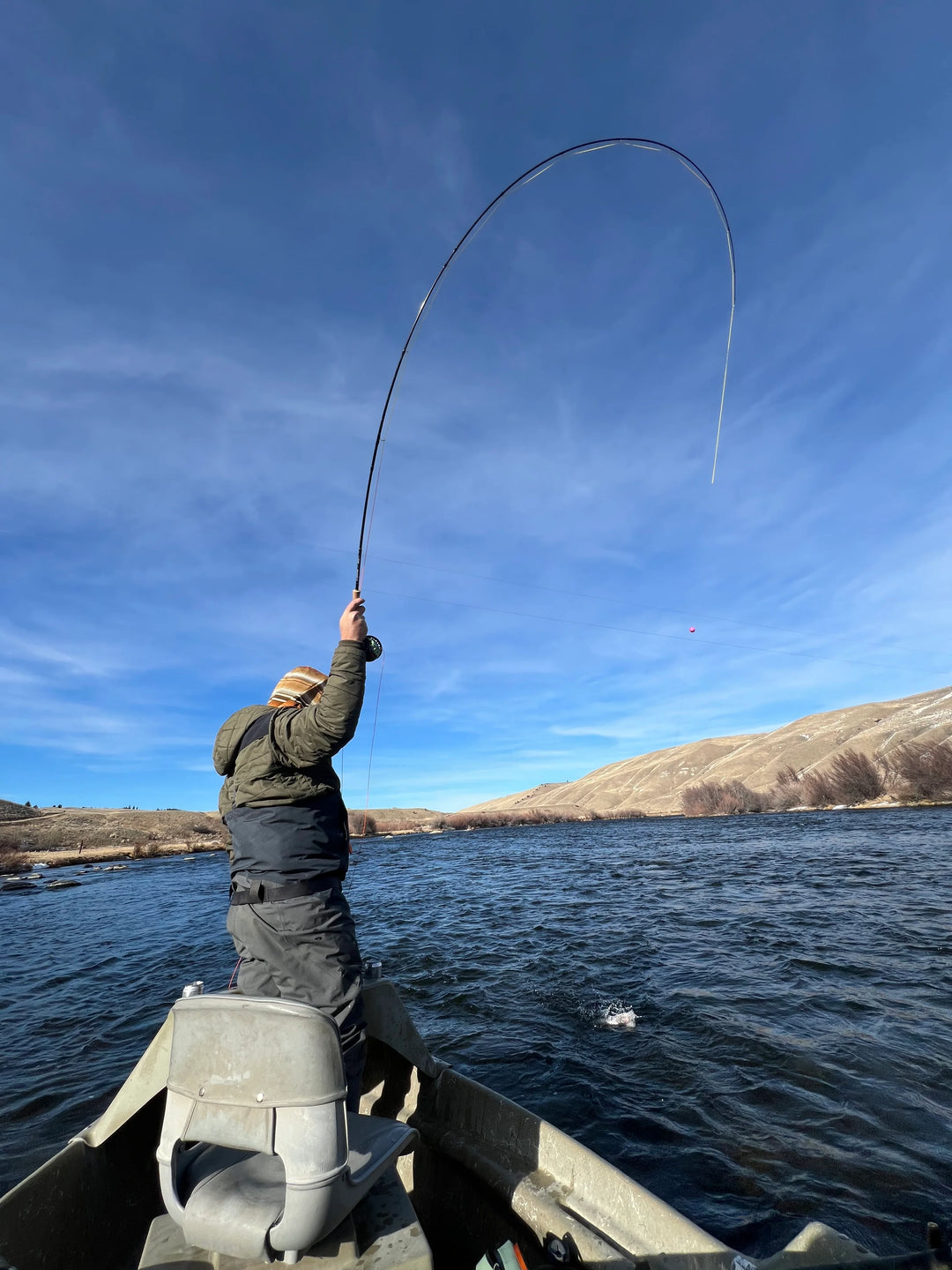
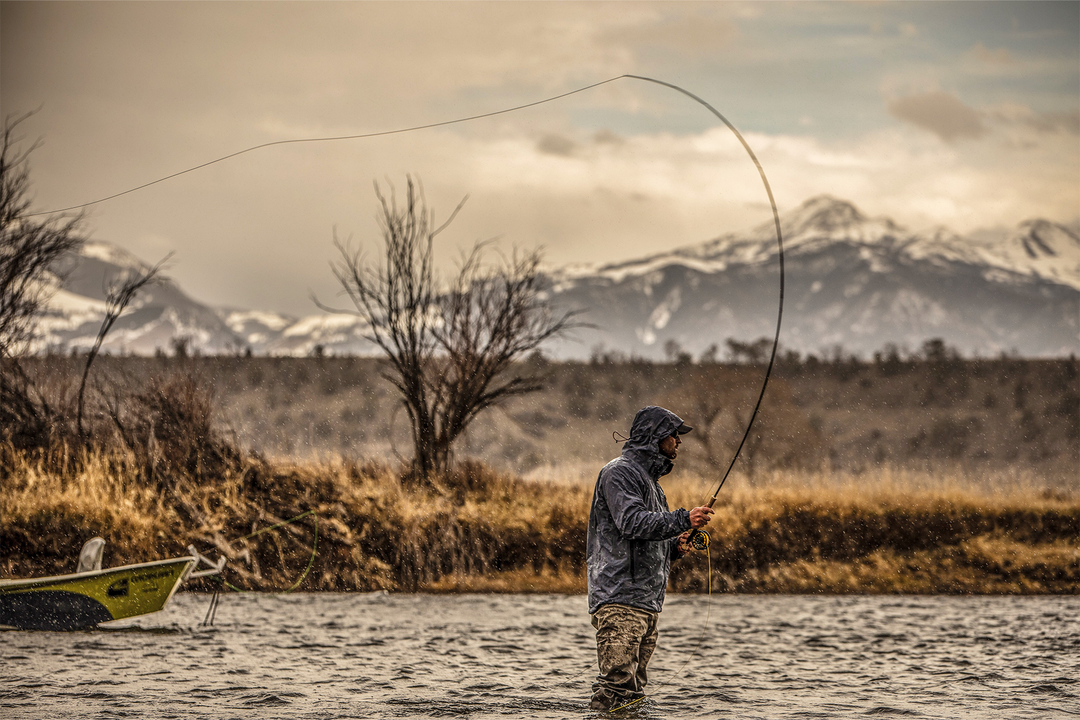
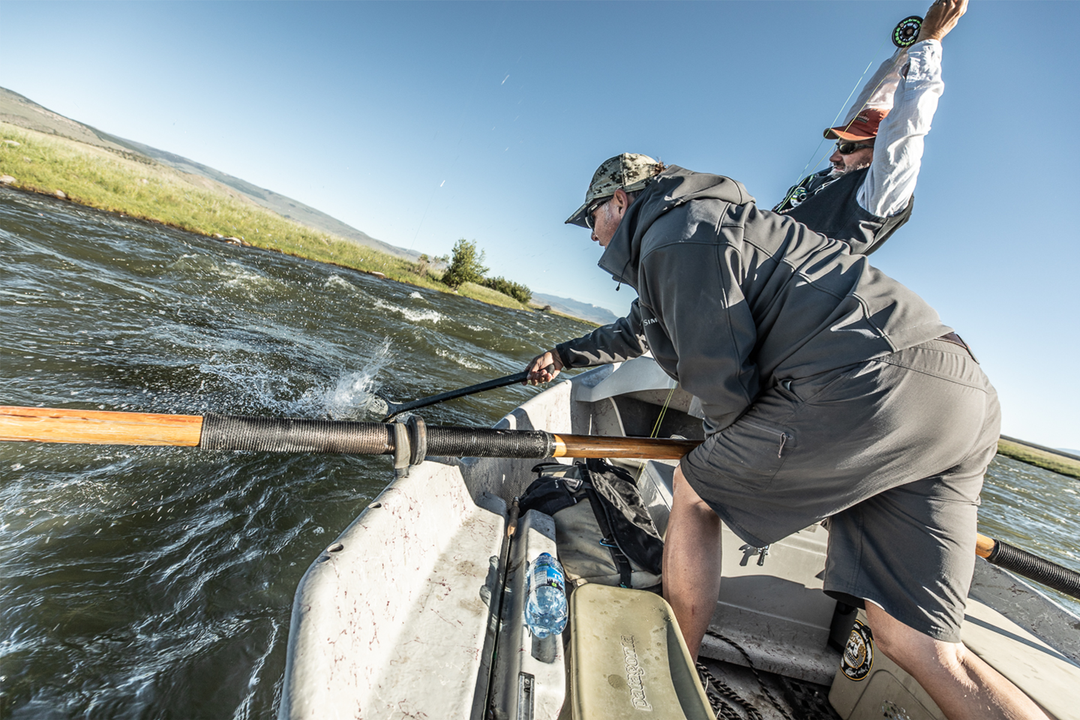
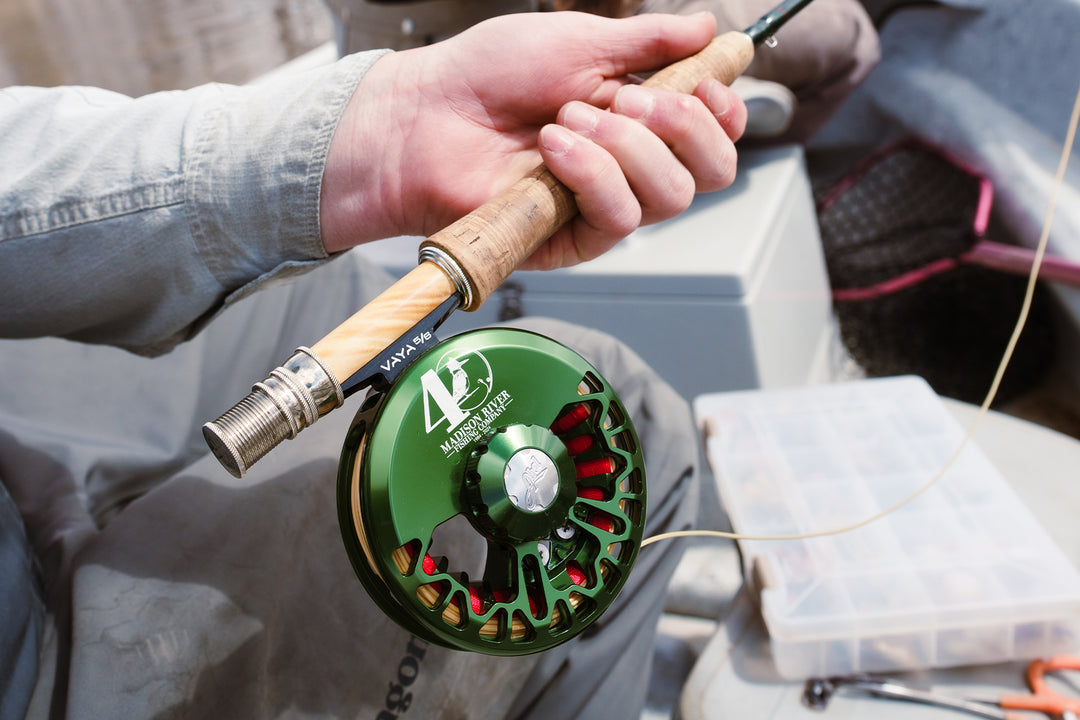
scot — always enjoy your “takes” on fishing. keep up the excellent wordsmithing — it makes editing an enjoyable task.
miles
editor, DISCOVER the heart of Colorado magazine
salida, colorado
Leave a comment